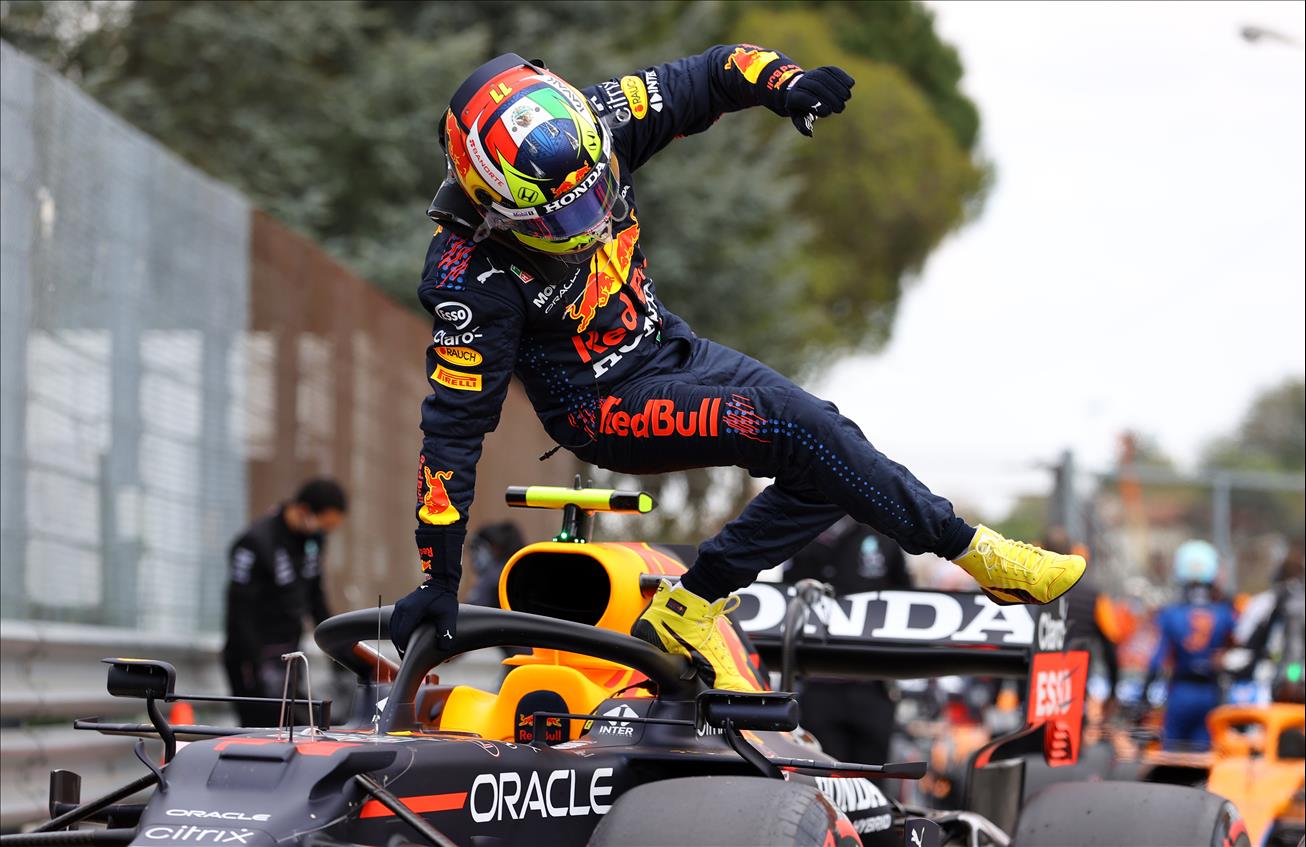
Intense training why F1 is one of the most physically and mentally demanding sports on the planet
Imagine driving a car at speeds approaching 112 mph for around two hours, while at the same time having to negotiate twisting circuits and finding ways to overtake opponents. This is what a Formula 1 (F1) driver will experience when they race around the streets of Monaco. It might sound thrilling and exciting, but now imagine doing this with your heart beating close to its maximum for the whole race.
Research shows that heart rates can average 182 beats per minute over the course of a race while experiencing cardiorespiratory responses and energy costs which are similar to that seen in elite marathon runners and soccer players .
Quite simply this is not just about driving, this is one of the most physically and mentally demanding sports on the planet.
Physical demandsDrivers experience such extreme physical demands for two reasons. First, the car generates an enormous amount of heat from the engine so the driver experiences temperatures in their cockpit of around 50C (122F) . They are also wearing specialist race suits that are designed to protect them from fire but also end up preventing them from keeping cool. Not surprising, then, that a driver can lose close to 5% of their body weight through sweat during a race, potentially leading to hyperthermia.
Second, there are the dreaded G-forces. During a race a driver is exposed to up to five times gravity pushing down on them, making it harder to breathe , pump blood around their body and move their arms and legs. Oh, and to top it all off, they are sitting in a position which means that the feet are raised up in line with the chest.
So not only must they be exceptional drivers but clearly, they must be exceptionally fit.
Complex trainingDrivers train to develop their cardiorespiratory fitness. Just as the physical responses are similar to those in marathon runners so is the training they undertake.
To cope with the high temperatures and G-forces, both of which reduce the amount of blood that goes to the skin for cooling , drivers must train to make their heart and cardiovascular systems stronger and more efficient. Training is driver specific but will involve long periods of exercising to help increase heart size and capillary density in the muscles, both of which are needed to get oxygen to the working muscles.
However, the high energy demands and amount of work being done by the cardiovascular system mean that the muscles will start to use energy from sources other than the oxygen dependent ones. Trough this anaerobic respiration (without oxygen), a small amount of energy is released by the breakdown of food substances in the absence of oxygen. These alternate sources provide energy but at a cost. They lead to local muscular fatigue and so make it harder to control the car.
But it is not just about the cardiorespiratory fitness, there are those G-forces which act across the whole body that need to be trained for. To do this, drivers undertake strength training .
Strength training will be used to increase the size of the muscle fibres but also the speed at which the muscles can be recruited. This is not like training to be a weight-lifter though, this is about trying to stop the muscle becoming tired as the race goes on, increasing the speed the muscles contract and making them more efficient. An F1 driver needs strength to keep the car on the road .
It takes a lot of strength to keep the car on the road, as well as to overtake. Davide Gennari/EPA
One area of the body that has to be strengthened are the muscles of the neck. With the G-forces pushing on the body it becomes harder for drivers to hold their heads upright. So, drivers adopt a form of training called isometrics where the muscles are working against a resistance, but do not change length.
Imagine trying to push as hard as you can against a wall. The wall doesn't move but you feel the muscles working. This is an isometric exercise. So, to develop the neck muscles drivers will perhaps use resistance bands like you see in the gym but attached to their head or special helmets which have weight added to them while trying to keep their head in a fixed position.
In addition, all drivers will need to work on their core strength, again using a combination of conventional strength training and isometrics to help them maintain their body position in the cockpit whilst working against the G-forces.
This is a physically demanding sport that requires the drivers to train like Olympic athletes throughout the season while also having to do all of the work with the car and race. It might, to the casual onlooker, seem like an easy sport with cars just going round and round a track but hopefully now you realise that it takes a lot of work to be able to do, making F1 one of the toughest sports in the world.

Legal Disclaimer:
MENAFN provides the
information “as is” without warranty of any kind. We do not accept
any responsibility or liability for the accuracy, content, images,
videos, licenses, completeness, legality, or reliability of the information
contained in this article. If you have any complaints or copyright
issues related to this article, kindly contact the provider above.


















Comments
No comment